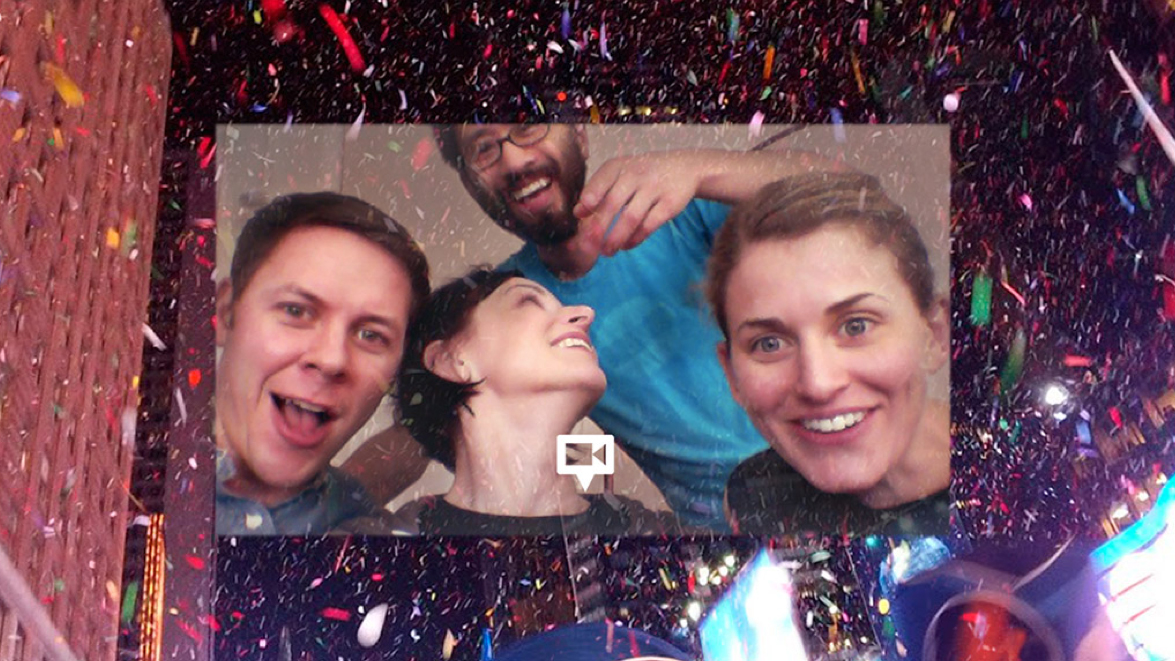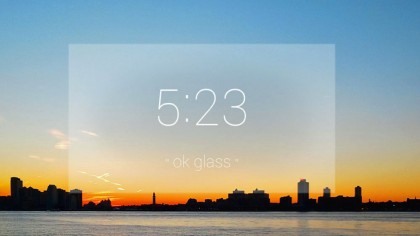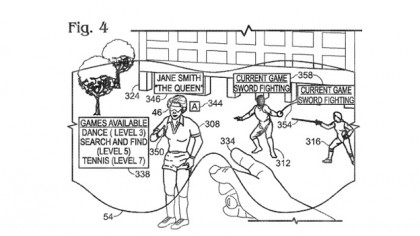2020 vision: The future of Google Glass
Tech soothsayers, AR experts and Glass Explorers share their prophecies

There's a growing feeling within the tech community that the current iteration of the Google Glass AR specs, set for a public launch in early 2014, is more of a jumping off point than anything else.
Yes, the head-mounted device is innovative, epochal, game-changing, exciting, concerning, worrying and all of that good stuff, but what we've seen so far, from both a hardware and software point of view, seems like just the beginning – a mere hint of what's to come.
This got us thinking: how will Google Glass will look at the end of the decade? Will everyone be wearing one and if they are, what will they be wearing? How powerful can Augmented Reality become? How could it potentially change the way we work, study and consume? How do we adjust to a world where your every utterance could be recorded on the DL, and what will it mean for citizen journalism?
To find out we delved into the old contacts book and called upon those at the forefront of the wearable tech revolution.

"This is the just infancy of wearable displays," says Brent Blum, who leads wearable device research at Accenture Technology Labs. "I imagine we'll look back in 2020 and pick up Glass and it'll be like the time you or I saw our first smartphone, car phone or laptop and thought 'huh, that could be useful' but I think we've turned the corner."
Saving Lives
One of the most intriguing, future thinking concepts for Glass came from Accenture's recent experiment with Philips' medical division to create an app for medical professionals, the results of which you can see in the video below.
"The exciting thing about the Philips video is that we were actually able to integrate with a medical device and display that patient data, in real time, within the physician's field of view. That's a situation where seconds matter and we're saving lives, the physician no longer has to turn his head or turn away just to check vital signs."
Get daily insight, inspiration and deals in your inbox
Sign up for breaking news, reviews, opinion, top tech deals, and more.
The tech isn't there yet (there are no plans yet to take the concept to the production of a real app), but it will be, and it will save lives, according to Blum.
"I think as an industry, we'll certainly see those kinds of applications emerge in the coming years," he said.
"Certainly, if you're looking as far out as 2020, I don't think we'll see an operating room where a surgeon isn't using a wearable device to aid them with the procedure. It'll be as common as microscopic cameras."
'Real' Augmented Reality experiences
While it presents a huge opportunity for the sector, believe it or not, the Augmented Reality community has a little bit of a beef with Google Glass' billing as 'AR Specs'
"When talking about Glass I always want to give a fundamental definition of real Augmented Reality," Mike Cohen VP of Operations, North America for Total Immersion – the world's first commercial AR company.
"There been so much excitement about AR especially around Google Glass, but very little understanding of what Augmented Reality really is and what it requires. I would describe it as mixing real and virtual on a screen in real time. Just having a video overlay like Google Glass is not Augmented Reality."

Layar, the makers of the pioneering AR smartphone app by the same name, agrees. "No, true augmented reality is not possible on Glass at the moment," the company wrote on a recent blog.
But don't despair, in the years to come, these fully immersive, true AR experiences will come. One of the key's to unlocking them, according to TI's Cohen is the miniaturisation and implementation of depth cameras such as the one that sits within Xbox Kinect and the increased computing power to fully realise the potential of AR.
"For example, if you had a depth camera attached to Google glass you could, for example, virtually try a ring on your finger by just looking at it. If you had enough computing power to make that happen, you can do it with Google glass right now." Cohen said.
Another challenge that lies between reaching 'true' AR nirvana is the need for fully immersive experiences that would exist somewhere between the current Google Glass and the Oculus Rift virtual reality gaming headset.
Microsoft, another big mover in the sector, has already filed a patent for the so-called 'Kinect shades' that would recognise the faces of other gamers in real-life environments, take voice commands, track eye movements and respond to gestures.

"Glass now is a very small screen in the top right of your field of vision," Maarten Lens Fitzgerald, Layar's Co-founder and US general manager told us. "The AR dream is that it's immersive like Oculus rift but then with see-through glasses. For Glass its up to Google to create this. When AR is possible with Glass and when anyone can get it, we will find and know the lasting value of the technology. We have a lot of ideas but the users will determine what works."
Cohen agrees: "How real is the experience? Well, that's a question that needs to be answered further down the road. You get into a much more robust world of possibilities, you're talking about being able to return a much broader range of information that can insert things into your environment with a much greater amount of accuracy."
- 1
- 2
Current page: 2020 Vision: augmenting reality in the future
Next Page 2020 Vision: sports, journalism and privacyA technology journalist, writer and videographer of many magazines and websites including T3, Gadget Magazine and TechRadar.com. He specializes in applications for smartphones, tablets and handheld devices, with bylines also at The Guardian, WIRED, Trusted Reviews and Wareable. Chris is also the podcast host for The Liverpool Way. As well as tech and football, Chris is a pop-punk fan and enjoys the art of wrasslin'.
